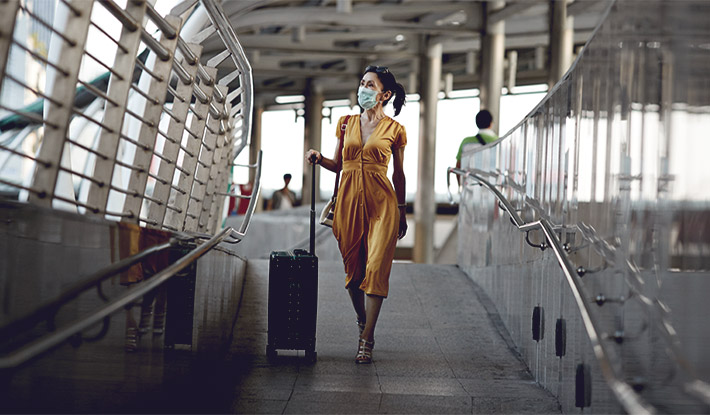As consumers engage in new mental calculations on the costs and benefits of traveling due to COVID-19, marketing teams need to lead the charge in rebuilding trust with consumers, who now place health and safety at the forefront of that calculation.
To begin to recover lost business, brands will need to rebuild relationships with travelers. Solutions like policies preventing sick customers from traveling and more robust disinfection procedures are a good start, but regaining travelers’ trust will require more. As travelers wonder how thorough disinfecting processes actually are on their next trip, the future of traveling will revolve around trust in their safety, and that starts with transparency, as brands in other industries have demonstrated. Target and Home Depot are both instructive case studies here: while both brands suffered data breaches that exposed thousands of customers’ credit card data to hackers, Target took nearly a week to announce the breach. Home Depot, meanwhile, took pains to inform customers of a suspected breach as soon as they believed it had occurred. Similarly, after several mysterious deaths among Tylenol consumers in the ‘80s, Johnson & Johnson developed new tamper-proof packaging for the drug, and – most critically – communicated its efforts to consumers, helping Tylenol’s sales rebound to previous levels in less than a year. On the flip side, Volkswagen initially blamed its 2015 emissions scandal on a “technical glitch,” then later admitted to having cheated on emissions tests. Their lack of transparency means that the brand is still working to rebuild consumer trust today.
Since travelers will not hesitate to “jump ship” if they think another hotel or airline is safer and more trustworthy, travel brands should rebuild trust by thinking about what customers need and want now. An altered consumer landscape brings with it a host of questions: Are the segments you’re targeting still the most valuable and brand-aligned in a post-COVID-19 world? Is the segmentation even still valid? What does the new customer journey (awareness to consideration to purchase) look like? Are the “moments that matter” the same, or have new moments risen to prominence? If crowded cities are no longer as appealing, what destinations are?
Refreshed customer intelligence will allow brands to identify the moments on the customer journey where brands must be transparent about what’s being done to protect travelers. The moment a traveler scans their boarding pass can turn into a trust-building moment if the passenger looks up to find mask-wearing airline staff waiting to perform a temperature check at the entrance to the jet bridge. A hotel visitor checking in might receive an email with a timestamped video showing housekeeping wearing PPE cleaning their assigned room earlier that day. And when things go wrong, brands must be transparent about those moments, too – any cruise lines looking to reopen must clearly communicate to their would-be guests what will happen if there is an outbreak aboard the ship after sailing. These actions can transform the moment and deliver real transparency, strengthening customer relationships in the process.
Evolution is often the result of a shock to the system. For travel and hospitality brands, the shock has been delivered. Evolution will require a radical rethinking of how consumers approach travel and how brands can deliver safer travel experiences. Brands that focus on transparency and refreshed customer intelligence will be the fastest to adapt.















